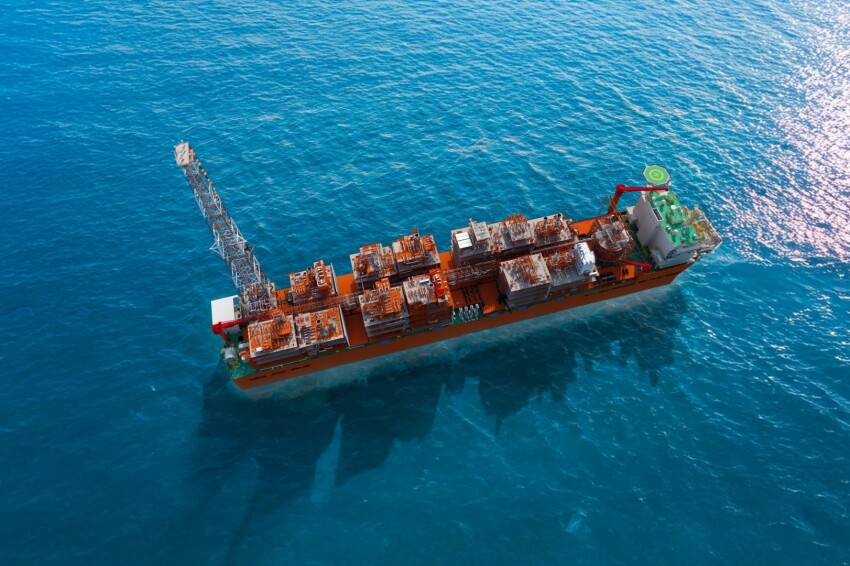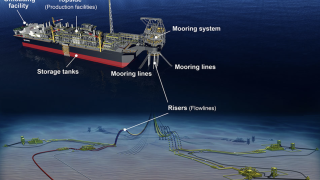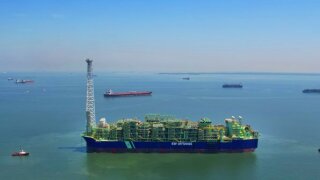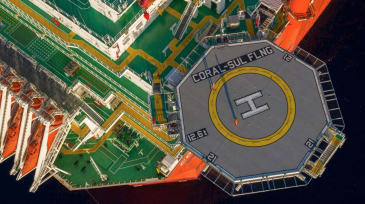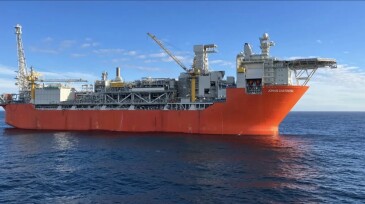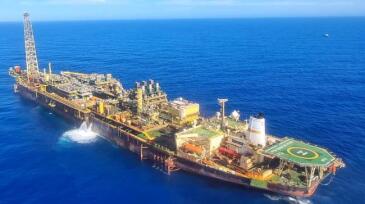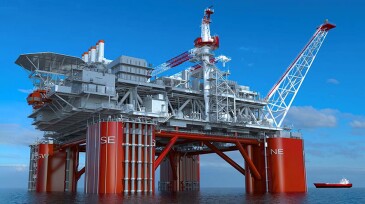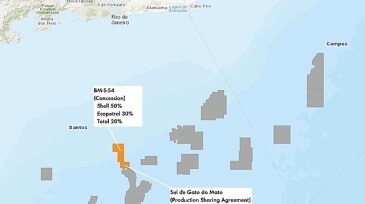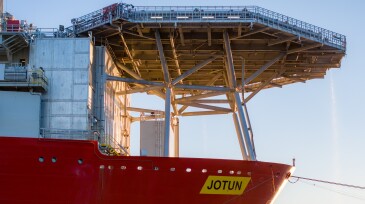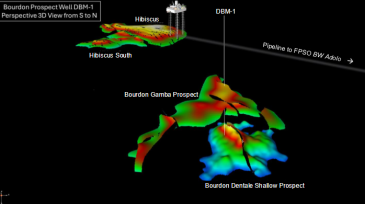Floating production systems
Mozambique is poised to become Africa’s third-largest exporter of liquefied natural gas when Coral Norte comes onstream in 2028.
MODEC will supply the FPSO that will host up to 18 wells in the initial phase of development.
BW Opal FPSO has capacity for 850 MMcf/D of gas, which will be treated and sent on to the Darwin LNG facility, and 11,000 B/D of condensate, which will transferred via tanker.
-
Hammerhead, the seventh planned project offshore Guyana, is expected to reach FID later this year and go on-stream in 2029.
-
ExxonMobil and Guyana expect to approach 1 million B/D of oil as the ONE Guyana vessel reaches the Stabroek block.
-
The strategic buyout of Portugal’s Galp is ADNOC’s first investment in Mozambique as it continues to grow its lower-carbon LNG portfolio.
-
The project is the most northern field offshore Norway to begin production.
-
Brazil’s ANP extends BW Energy’s contract for the deepwater field from 2031 to 2042, and BW plans to further develop the field.
-
SLB will use artificial intelligence-based software to help ensure the delivery of 18 ultradeepwater wells.
-
Operator targeting 2029 for first production from the pre-salt gas-condensate discovery off Brazil.
-
The production unit for the Balder field in the North Sea is expected to go on-stream in the second quarter of 2025 following the staged tow-out of the FPSO.
-
Discovery yields the largest hydrocarbon column to date in the Dussafu Marin license offshore Gabon.
-
Mero expects to increase its production capacity to over 700,000 B/D.

